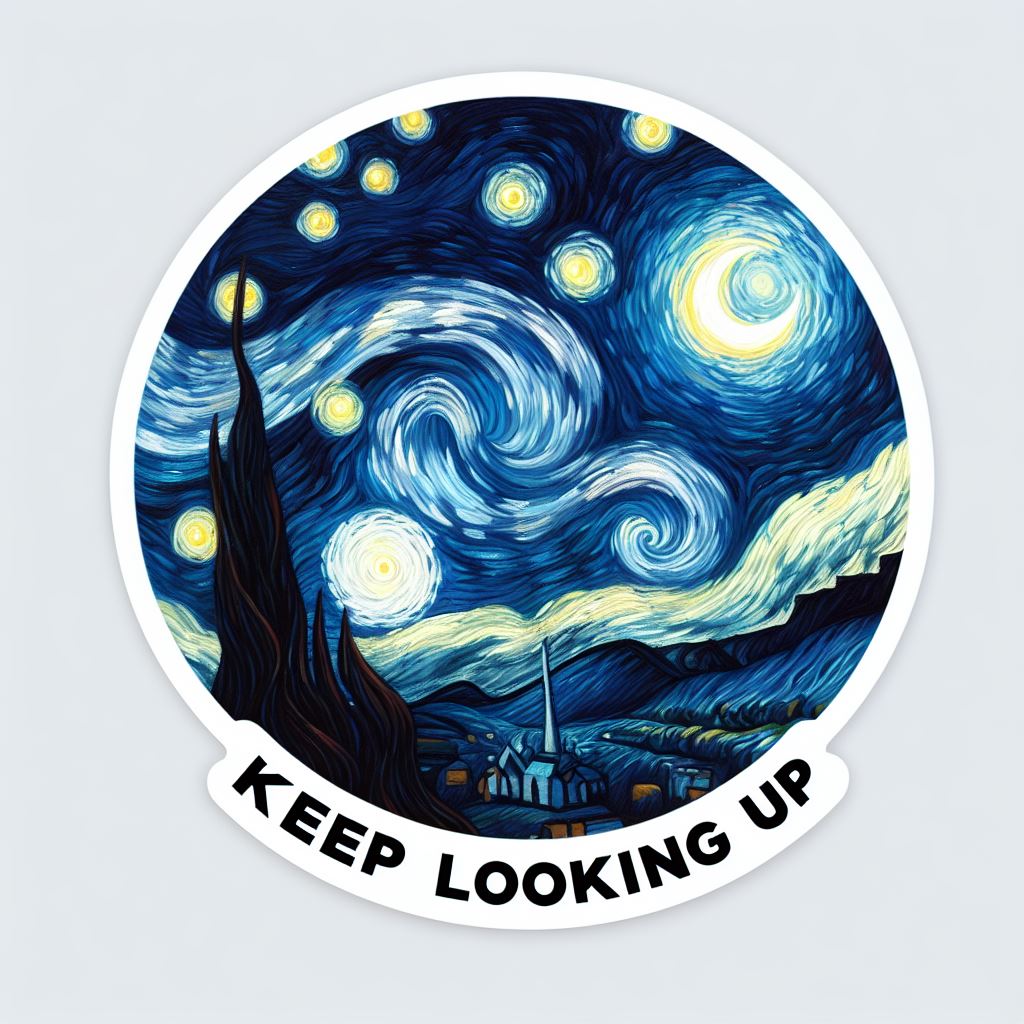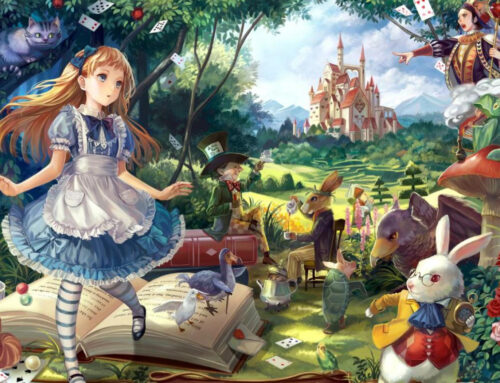“Vincent and the Doctor” is the tenth episode of the fifth series of Doctor Who, the British science-fiction television show. Richard Curtis, best known for his romantic comedies such as “Four Weddings and a Funeral,” wrote the episode, directed by Jonny Campbell.
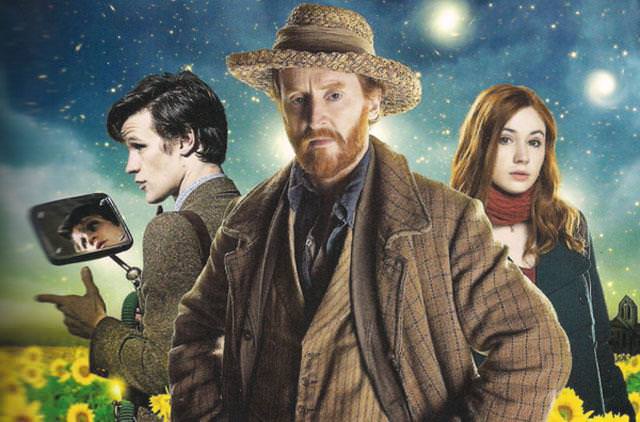
Synopsis (contain spoilers)
The episode begins with the Doctor (Matt Smith) and Amy Pond (Karen Gillan) visiting a museum in 2010 and discovering an unsettling painting of a church, “The Church at Auvers,” by Vincent van Gogh (Tony Curran). The Doctor, on the other hand, notices that the painting depicts a menacing figure lurking in the shadows.
The Doctor, intrigued, decides to travel back in time to 1890 to meet Vincent and learn more about the painting. When the Doctor and Amy meet Vincent, they discover that he is a deeply troubled man suffering from mental illness and poverty. Vincent’s artistic talents shine through despite his pain, and he and the Doctor bond over their shared love of beauty and creativity.
The trio’s time together is interrupted by a monster that only Vincent sees. The monster, revealed to be a Krafayis, is invisible to the Doctor and Amy, making tracking and defeating it difficult. Vincent’s artistic insight ultimately saves the day when he paints the monster’s image, allowing the Doctor and Amy to defeat it.
The episode concludes with the Doctor taking Vincent to a modern-day museum, where he sees his painting on display and overhears a museum curator (Bill Nighy) refer to him as the greatest artist of all time. Vincent, overcome with emotion, realizes that his art will live on long after he is gone.
“Vincent and the Doctor” is a heartfelt and moving episode that captures the essence of Vincent van Gogh’s life and work. It’s a story about the power of friendship, compassion, and creativity, and how they can help us overcome even the most difficult circumstances. The lead actors, particularly Tony Curran as Vincent, deliver outstanding performances, and the writing is astute and insightful. Overall, this episode is a highlight in Doctor Who’s illustrious history and a must-see for both series fans and art enthusiasts.
10 Interesting facts about Vincent van Gogh
Vincent van Gogh was a Dutch post-impressionist painter widely regarded as one of the greatest and most influential artists in Western art history. Here are ten interesting facts about Vincent van Gogh:
1. During his lifetime, Van Gogh only sold one painting, “The Red Vineyard,” was purchased by his friend Anna Boch.
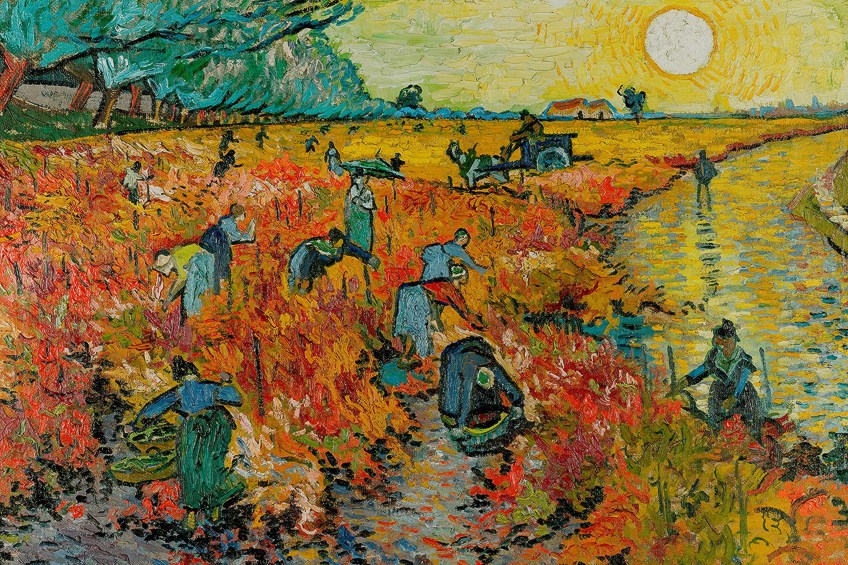
2. Van Gogh created some of his most famous paintings, including “The Starry Night” and “Sunflowers,” while incarcerated at the Saint-Paul-de-Mausole asylum in Saint-Rémy, France.

3. Van Gogh suffered from mental illness, most likely bipolar disorder, and was institutionalized several times throughout his life.
4. Van Gogh’s brother, Theo, was his closest confidant and a financial and emotional supporter throughout his life. Six months after Vincent died, Theo died as well, and they are buried next to each other.
5. Van Gogh was a prolific letter writer, with over 800 of his letters saved. They provide fascinating insights into his life and artistic process.
6. Van Gogh was heavily influenced by Japanese art and culture; he collected Japanese prints and incorporated Japanese elements into his work.

7. Van Gogh’s signature style, which featured bold brushstrokes and vibrant colours, had a significant impact on the evolution of modern art.
8. Vincent van Gogh was a self-taught artist who began painting in his late twenties.
9. During his lifetime, Van Gogh’s work was not well received, and he struggled to gain recognition as an artist.
10. Van Gogh committed suicide in 1890, at the age of 37, after years of dealing with mental illness and personal difficulties.
His most famous paintings:
Vincent van Gogh is widely regarded as one of the most significant and influential artists in Western art history. His work, distinguished by bold brushstrokes and vibrant colours, had a significant impact on the evolution of modern art. Here are some of Vincent van Gogh’s most well-known works:
The Starry Night, a swirling, dreamlike depiction of the night sky that has become one of van Gogh’s most recognizable works.
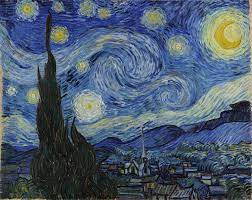
Sunflowers – a series of paintings depicting bright yellow sunflowers that are among van Gogh’s most well-known works.

Irises – a series of paintings depicting blue irises that van Gogh created while in an asylum in Saint-Rémy, France.
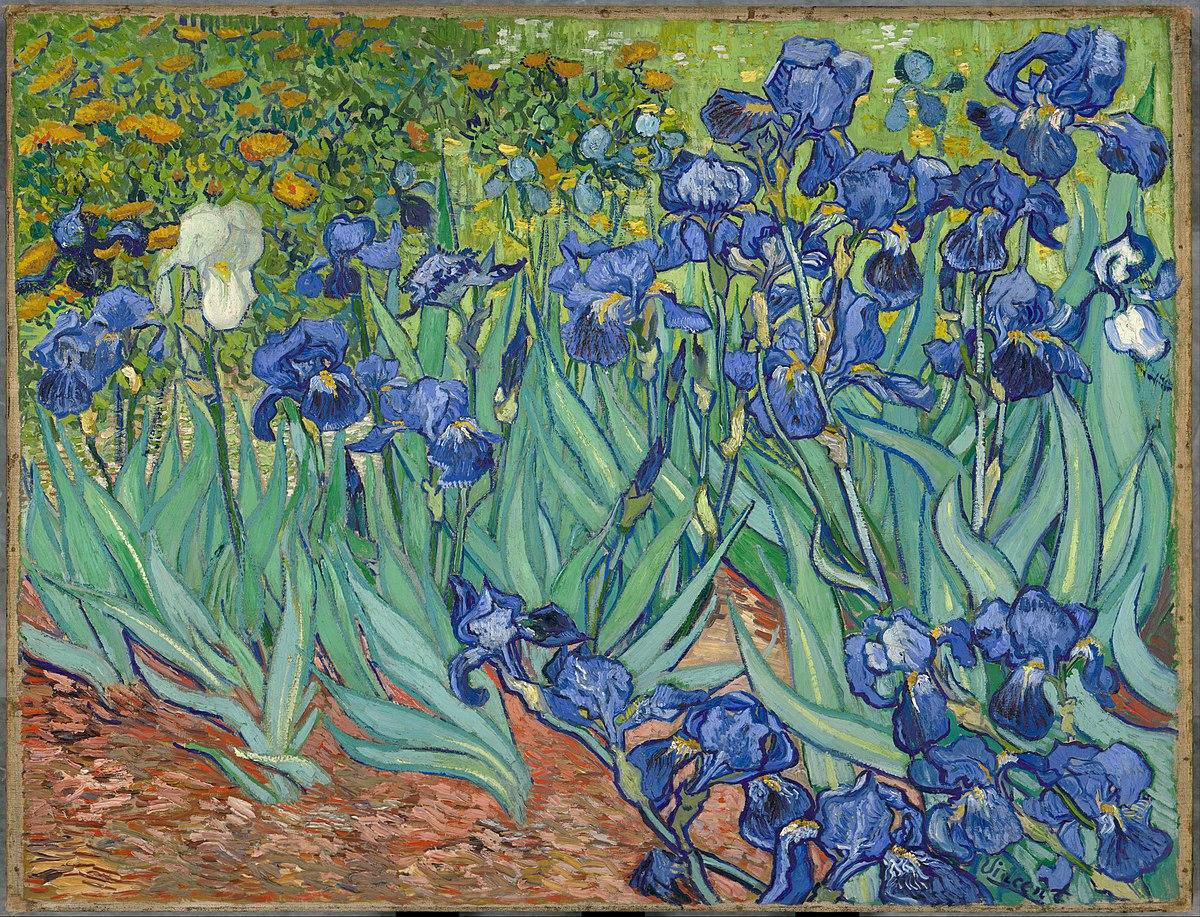
The Potato Eaters – a depressing, realistic depiction of a group of peasants gathered around a dinner table.

Wheatfield with Crows – a moody and atmospheric depiction of a wheatfield under a stormy sky that is frequently interpreted as a reflection of van Gogh’s troubled mental state.
Self-Portrait with Bandaged Ear – a self-portrait painted after van Gogh famously severed a portion of his own ear.
The Bedroom – a series of paintings depicting van Gogh’s own bedroom, painted in three versions.

The Yellow House – a painting of the Arles, France, home van Gogh shared with Paul Gauguin.
The Night Café – a vivid and intense depiction of an Arles café distinguished using striking colours and dramatic shadows.

Portrait of Dr. Gachet – a portrait of van Gogh’s doctor and friend that sold for an all-time high in 1990.




